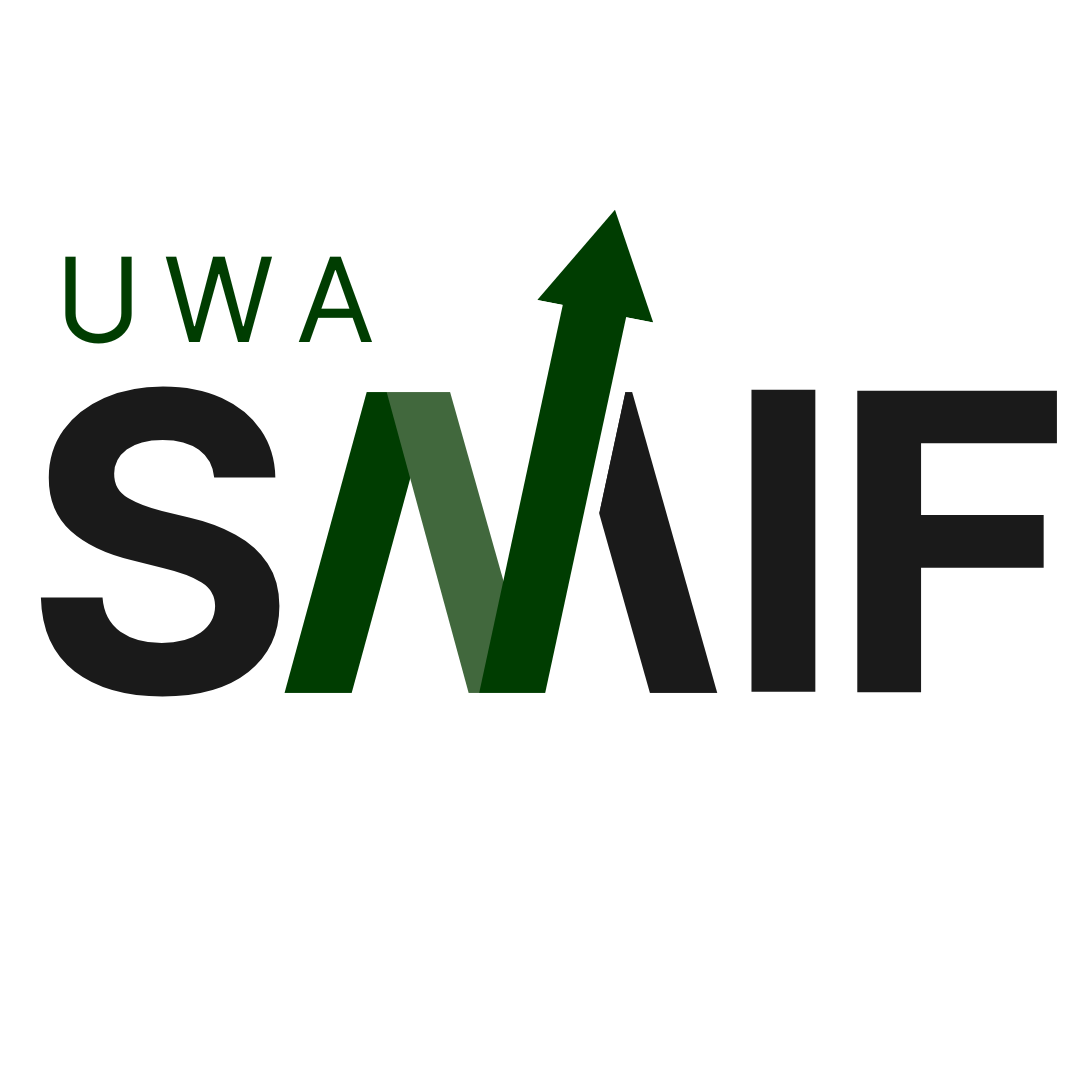The Australian dairy industry has been in the spotlight this year after the farm gate milk price was slashed. The problem with the dairy industry is that products being produced have a continuous flow with no way of turning off the tap. Milk flow is crucial in the dairy industry and cows are milked twice a day, however, companies can only hold the milk in the short term. The flow of milk for the most part is fed into multinational or internationally owned companies. Most farms that supply milk to major companies are generational farmers with generation infrastructure, hence why any slight changes to the farm gate price of milk will cause not just a ripple within the industry, but rather a tidal wave.
The other problem being faced by farmers, is that, depending on where they are situated in Australia, the contracted price with the pressure has a backdoor avenue to recall money from the farm gate producer. This means that if a sales person, CEO or CFO makes a poor judgement decision, the onuses falls on the farmer who has been endeavouring to produce the best product possible.
One of the sources of the glut in milk prices around the world has been the oversupply of milk, coupled with a reduction in demand from China and Russia. Locally in Australia, Murray Goulburn and Fonterra, the two largest dairy producers, have partly been to blame for intensifying the strain on farmers. Overpaying farmers and not reacting quickly to the world price left the farm gate milk price inflated. This price encouraged increased investment and production in farms where it wasn’t warranted. Murray Goulburn said to farmers that there must be an equalisation price since they paid them too much to start with and therefore had to make up for it by paying them less for future production. This year Murray Goulburn ordered farmers to pay back $200 million which they had paid previously for the milk. The CEO’s job was to float company at the highest possible price per share, which was centred around the continuous high farm gate price. During its float, Murray Goulburn was artificially raised due to key figures salaries being linked to the farm gate price. The CEO was paid $8.5 million in bonuses to make sure the farm gate price was kept high, making the company seem like a good investment for the farmers who were willing to put their money into a company who were paying them a good price for milk.
After the reduction in farm gate milk prices by Murray Goulburn, Fonterra said they couldn’t be uncompetitive in the market and therefore followed Murray Goulburn in their pricing. Dairy farmers being paid below cost price have been reducing herds that had taken years to breed significantly over the past few months in the hope of stemming losses. Murray Goulburn has a no permanent CEO and CFO resulting from poor management leading to the company heading in no real direction for the time being. However, we do know that during the 2016 Financial Year, Fonterra showed an increase in profits by 64% and announced that for the first time in the Australian dairy industry, Fonterra will set their own farm gate price, instead of reflecting Murray Gouldburn’s. This means that Fonterra will go from being price takers to price makers.
Internationally, dairy commodity prices have made a 20% recovery this year, which has come quicker than expected. Oversupply pressures look to be subsiding with Europe, Australia and New Zealand milk production reducing . Following increased consumer awareness, branded milk sales have increased by 7%, regaining market share from private label products whose sales fell by almost 2%. This reversal of the long-term trend of consumers switching to private label milk gives some hope that there may be light at the end of the tunnel for an industry which has had its toughest time in years.
Ben McDonald
